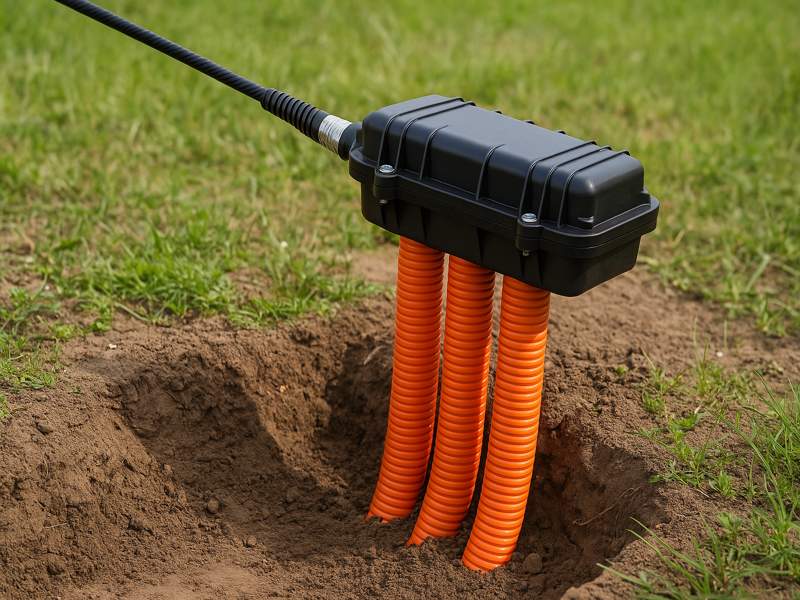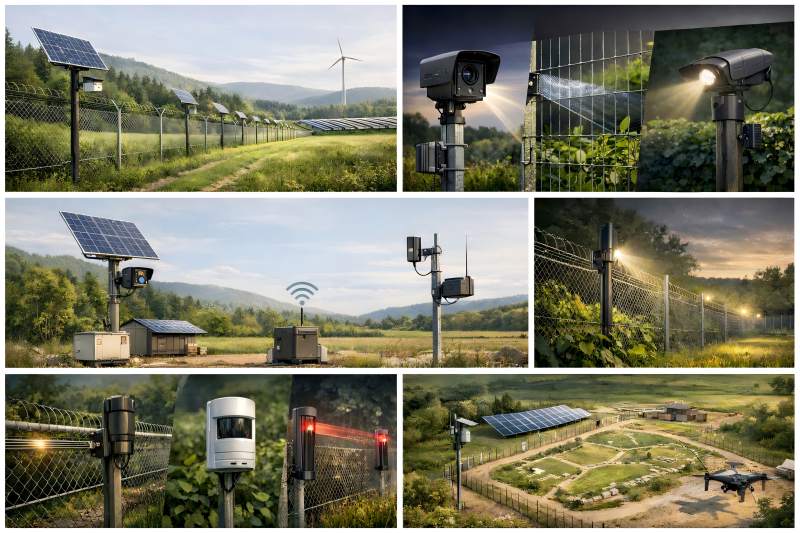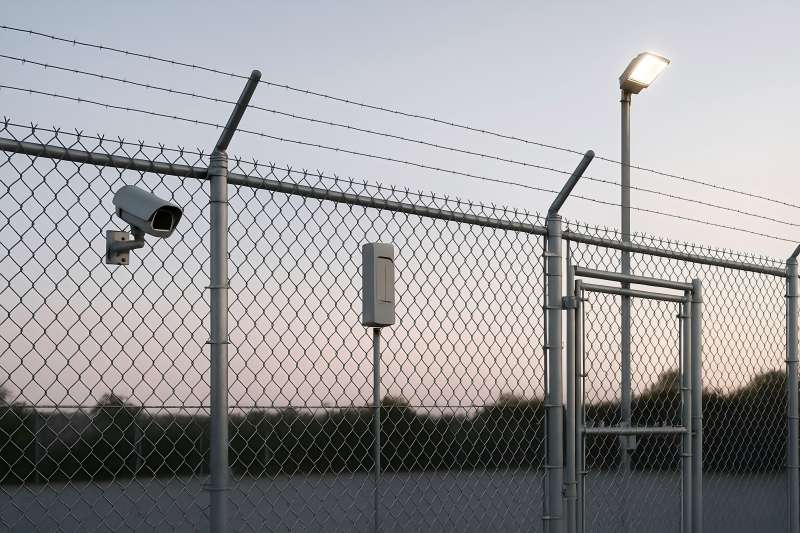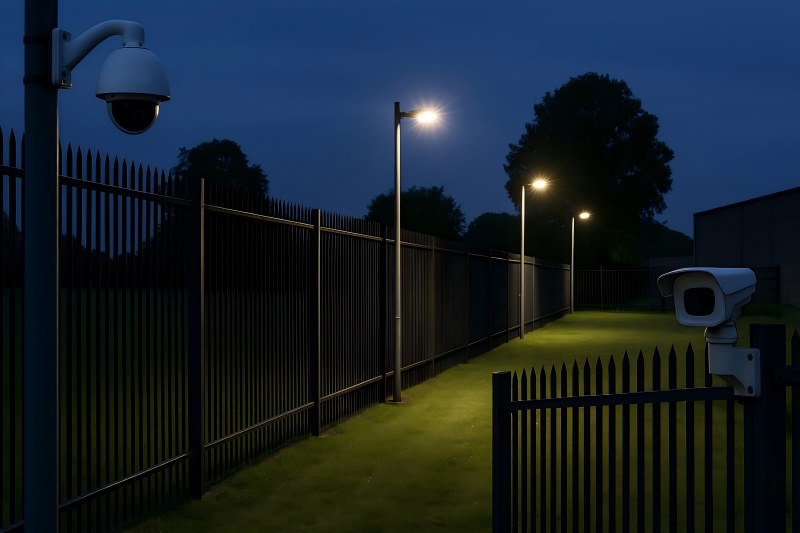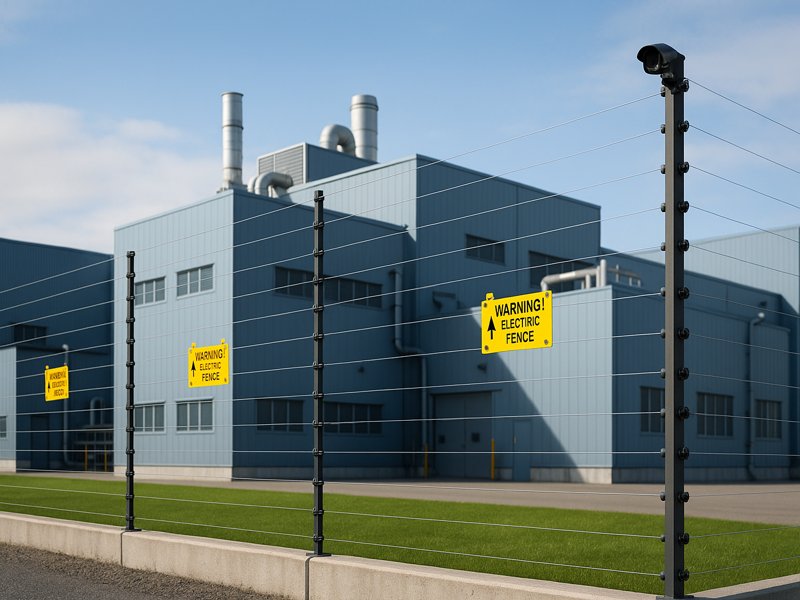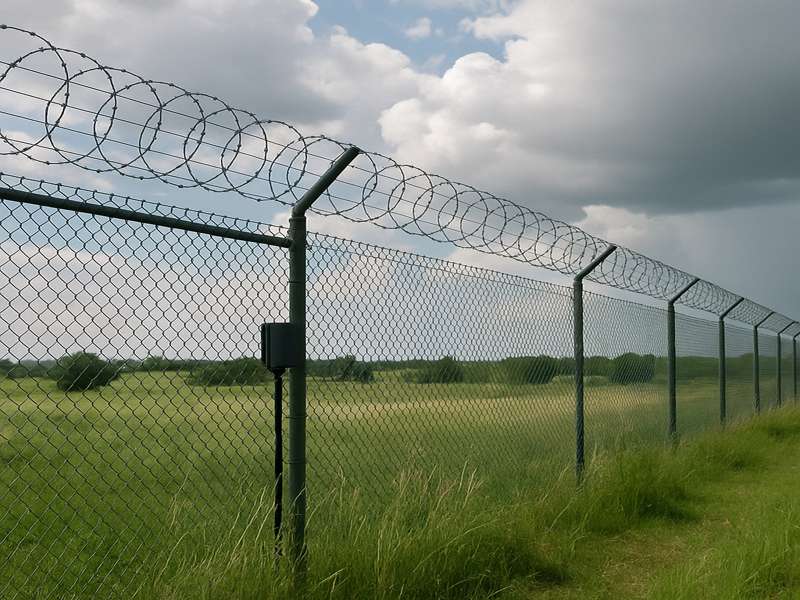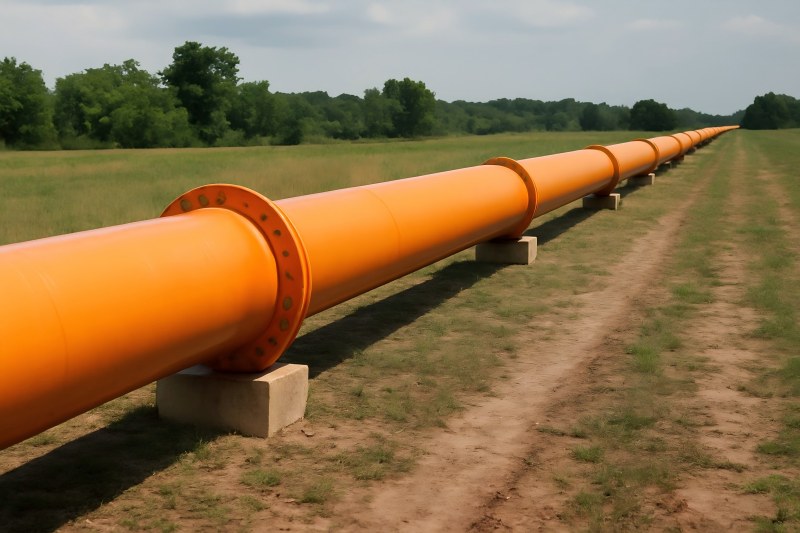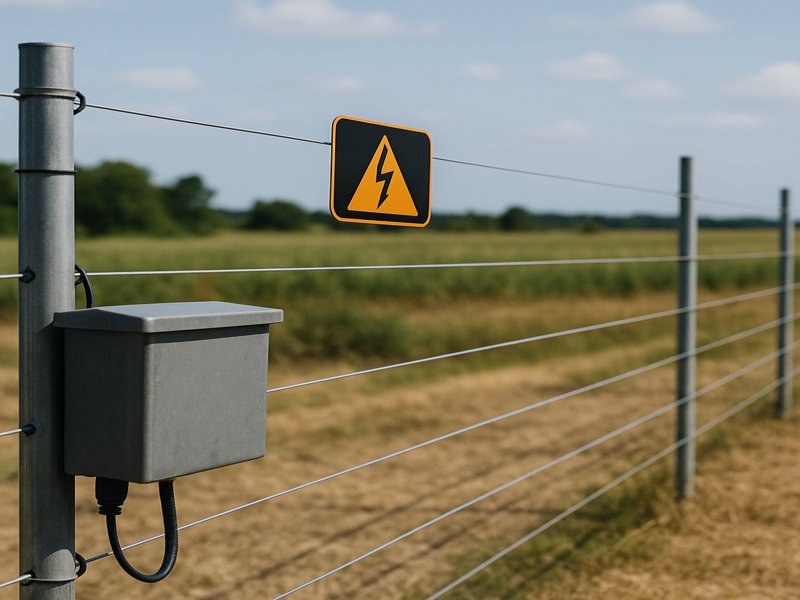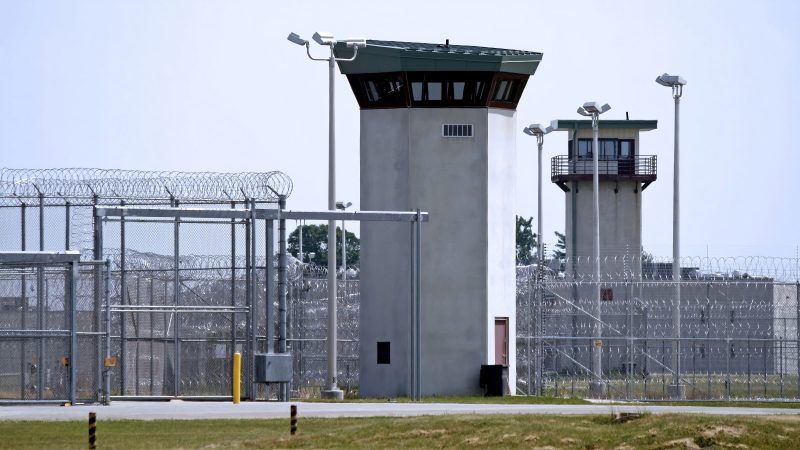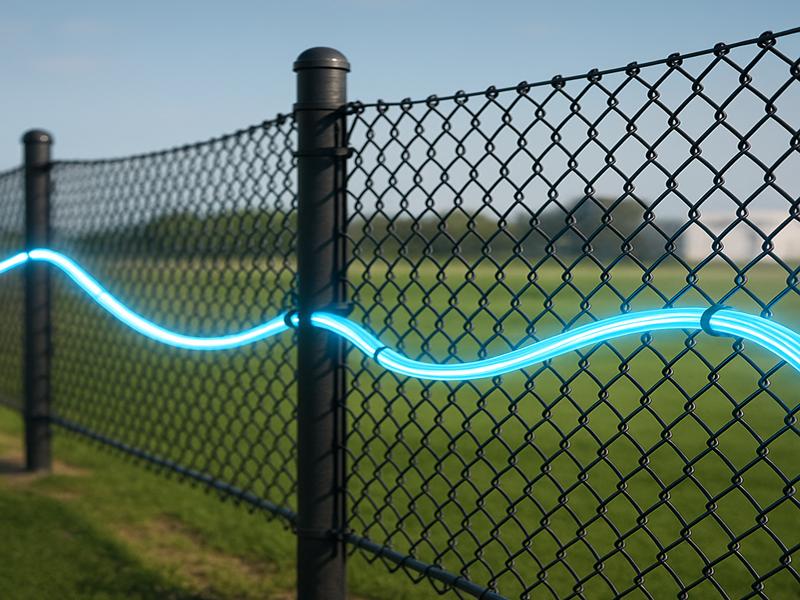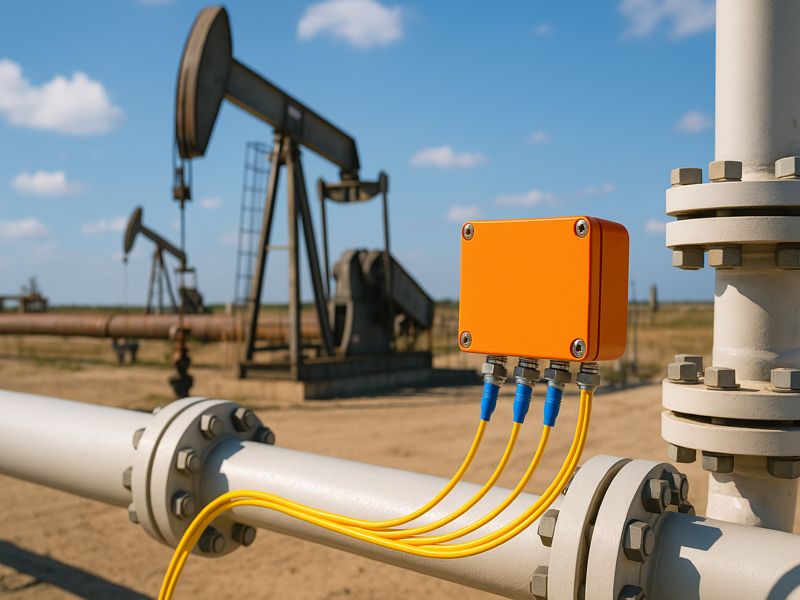Fiber optic cables enable high-speed, long-distance data transfer, forming the backbone of modern communication. Yet, outdoors, they face temperature swings, moisture, UV exposure, rodents, and human interference. Protecting them is essential for long-term reliability. This guide covers how to safeguard outdoor fiber optics across underground, aerial, direct-burial, and exposed setups.
Understanding Outdoor Fiber Optic Cable Risks
Before applying protective measures, it’s essential to understand the main risks fiber optic cables face outdoors.
Environmental Conditions
- UV Exposure: Prolonged sunlight degrades standard plastic jackets, making them brittle.
- Temperature Extremes: Expansion and contraction can cause stress fractures.
- Moisture & Flooding: Water ingress can damage fibers or connectors, leading to signal attenuation.
- Wind and Ice: Overhead installations face tension and sagging from strong winds and ice loading.
Mechanical and Physical Threats
- Rodent Damage: Rats and other animals chew through cables, especially in rural or underground installations.
- Crushing or Impact: Vehicles, construction equipment, or falling branches can compress or sever cables.
- Soil Shifting: Underground cables may stretch or deform as soil settles or freezes.
Human Interference
- Accidental Digging: Construction activities pose the highest threat to underground cables.
- Vandalism or Theft: Exposed fiber infrastructure can be deliberately cut or stolen for scrap metal components.
- Identifying these threats allows network planners and technicians to choose the right protection methods.
Selecting the Right Outdoor Fiber Optic Cable
Cable protection begins at the selection stage. Not all fiber optic cables are suitable for outdoor environments.
Outdoor Cable Types
| Cable Type | Protection Features | Common Applications |
| Armored Cable | Steel or aluminum armor resists rodent bites and mechanical stress | Direct burial, industrial sites |
| Loose Tube Cable | Gel-filled tubes prevent water ingress | Underground duct and conduit systems |
| Aerial Cable (ADSS) | Self-supporting with aramid yarn strength | Power line or pole-mounted routes |
| Direct Burial Cable | UV-resistant, water-blocked, and armored | Long-distance rural or cross-country links |
| Duct Cable | Designed for pulling through conduits | Urban areas with existing pipe infrastructure |
Selecting the right cable type ensures that the structure itself provides first-level protection.
Material Considerations
- UV-Resistant Jackets (PE or LSZH): Prevent sunlight degradation.
- Water-Blocking Gel or Tape: Stops moisture migration inside the cable.
- Metal or Non-Metallic Armoring: Adds crush and rodent resistance.
- Ripcord Design: Simplifies access for maintenance without damaging fibers.
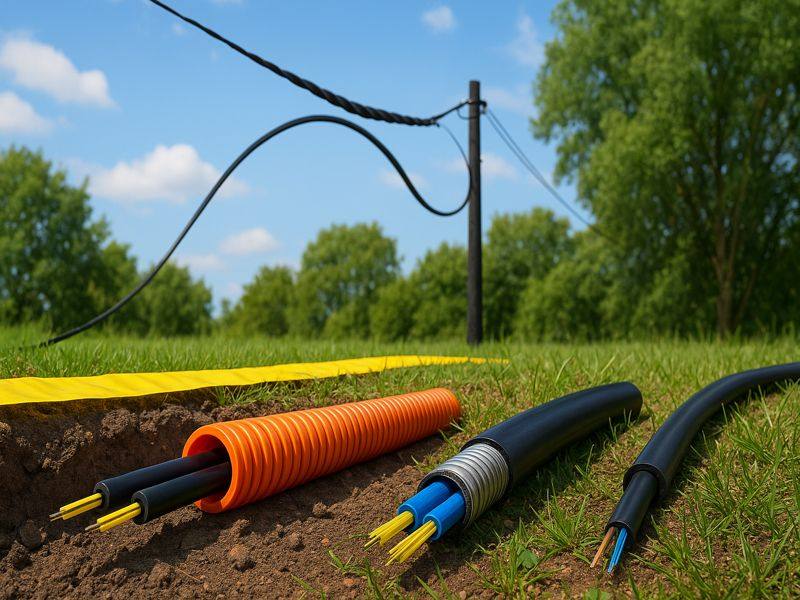
Underground Fiber Optic Cable Protection
Underground installation offers natural protection from wind, ice, and UV exposure—but it also introduces risks like moisture and accidental digging.
Use of Conduits and Ducts
Installing cables inside conduits or HDPE ducts provides strong mechanical and environmental protection.
- HDPE Conduits: Flexible and resistant to corrosion and chemicals.
- PVC Conduits: Ideal for urban environments but less impact-resistant.
- Sub-ducting: Allows multiple fiber cables inside one main conduit for scalability.
- Color Coding: Simplifies cable identification during maintenance.
Depth and Burial Practices
To avoid unintentional injury, the burial depth must be appropriate.
| Installation Area | Recommended Depth |
| Urban Sidewalks | 45–60 cm |
| Road Crossings | 90–120 cm |
| Agricultural or Rural Areas | 60–90 cm |
Use warning tapes 30 cm above the conduit to alert excavators before reaching the cable.
Moisture and Water Protection
- Even in conduits, water can seep in due to condensation or floods.
- Seal both ends of the ducts with end plugs or foam seals.
- Use water-blocking compounds or dry core technology to prevent water migration.
- Elevate handholes or access points to reduce water accumulation.
Protection from Insects and Rodents
- Network disruptions are frequently caused by rodent attacks.
- Choose steel-armored or corrugated aluminum-tape cables.
- Add rodent-resistant conduits or coatings.
- For high-risk areas, apply rodent repellent compounds during installation.
Aerial Fiber Optic Cable Protection
Aerial installation is common for rural broadband, power utilities, and city-wide fiber networks. However, exposure to weather and mechanical stress is high.
Proper Tensioning and Sag Control
- Maintain recommended tension and sag during installation to avoid fiber strain.
- Use dead-end grips or messenger wires for support.
- Follow manufacturer guidelines for minimum bend radius.
UV and Weather Protection
- Use UV-stabilized cable jackets.
- Periodically inspect for cracks or discoloration due to sunlight.
- Install drip loops at connection points to prevent water ingress.
Lightning and Electrical Hazards
For installations near power lines:
- Use ADSS (All-Dielectric Self-Supporting) cables to prevent electrical conduction.
- Ground all metal hardware and avoid contact with high-voltage lines.
- Maintain safe clearance distances as per local utility standards.
Wind and Ice Load Management
- Use helical cable ties and aerial spacers for wind control.
- Select cable types rated for ice loading if used in cold climates.
- Avoid installing cables in deep sags or tree canopies.
Direct Burial Cable Protection
Direct burial saves time and materials but requires robust protection measures.
Armoring and Sheathing
Always use armored direct-burial cables with double jackets and water-blocking layers.
Backfilling Materials
- Avoid sharp stones or debris that may pierce the jacket.
- Use sand or fine soil bedding to cushion the cable.
- Compact backfill to prevent shifting over time
Warning and Identification
- Install a warning mesh or tape above the buried cable path.
- Use brightly colored, durable polyethylene tapes.
- Include warning text such as “Fiber Optic Cable Below – Do Not Dig.”
Route Mapping
Maintain accurate as-built drawings and GPS coordinates for all buried cable routes. This prevents accidental cuts during future excavation.
Protecting Fiber Connections and Enclosures
Cable protection extends beyond the fiber itself—connectors, splices, and enclosures must be safeguarded from environmental and mechanical damage.
Splice Closure Protection
- Use IP68-rated waterproof closures.
- Employ heat-shrink sleeves or gel seals for joint protection.
- Mount closures in handholes, manholes, or pole enclosures to reduce stress.
Connector Enclosures
- Outdoor connectors should be in weatherproof boxes or fiber distribution cabinets.
- Maintain proper strain relief to prevent fiber pullout.
- Use dust caps and sealing gaskets to block contaminants.
Grounding and Bonding
For metallic-armored cables:
- Ground at both ends to prevent voltage buildup.
- Use grounding kits with corrosion-resistant clamps.
- Verify bonding continuity regularly during inspections.
Additional Protective Techniques and Accessories
Cable Markers and Signs
- Use durable cable route markers at regular intervals and key points (turns, junctions, or road crossings).
- Ensure the information includes cable type, owner, and emergency contact.
Conduit Sealing and Pressurization
In flood-prone areas:
- Apply pressurized air or nitrogen in ducts to detect leaks.
- Seal all entry points with expanding foam plugs or compression seals.
Protective Sleeving and Armor
In exposed environments such as bridges or tunnels:
- Install cables within metallic conduits or polyethylene sleeves.
- Add cable trays or protective troughs for extra mechanical security.
Routine Inspection and Maintenance
Even well-protected fiber networks require maintenance to ensure long-term reliability.
Scheduled Visual Inspections
Inspect aerial and exposed routes at least twice per year for:
- Jacket cracks or abrasions
- Loose fittings or clamps
- Vegetation overgrowth or tree interference
Optical Testing
Use OTDR (Optical Time-Domain Reflectometer) testing to detect:
- Signal losses
- Fiber breaks
- Splice degradation
Perform baseline tests after installation and compare regularly to monitor cable health.
Case Example: Underground Fiber in Flood-Prone Areas
In coastal cities, underground fiber routes face high groundwater levels. To keep cables safe:
- Make use of steel-tape armored wires with twin jackets and water-blocking gel.
- Place cables inside sealed HDPE ducts with foam plugs at entry points.
- Elevate handholes above flood level and use drainage gravel.
- Schedule OTDR testing after major storms to ensure performance integrity.
These methods minimize corrosion, water ingress, and signal loss, extending cable lifespan even in challenging environments.
Best Practices Summary
| Protection Method | Application Area | Key Benefit |
| Armored Cable | Direct Burial | Mechanical and rodent resistance |
| HDPE Conduit | Underground | Moisture and crush protection |
| UV-Resistant Jacket | Aerial | Long-term sunlight resistance |
| Warning Tape | All | Prevents accidental digging |
| Grounding Kit | Metallic Armor | Electrical safety |
| Pressurized Duct | Flood-Prone Zones | Leak detection |
| IP68 Splice Closure | Outdoor Joints | Waterproof sealing |
Protecting fiber optic cables outdoors requires a combination of engineering foresight, material selection, and proper installation. Whether the cable is buried underground, suspended overhead, or laid directly in the soil, its performance depends on how well it is shielded from environmental and physical threats.
The key to success lies in multi-layer protection—choosing outdoor-rated cables, using conduits or armor where necessary, and maintaining proper grounding, sealing, and inspection protocols. By following these best practices, operators can significantly reduce maintenance costs, prevent outages, and ensure reliable network performance for decades to come.
